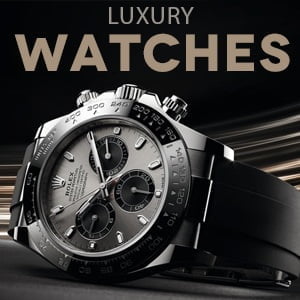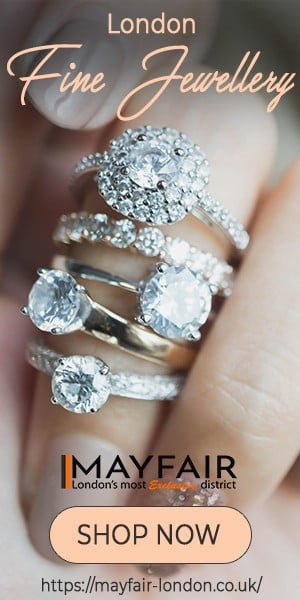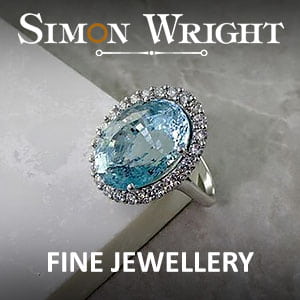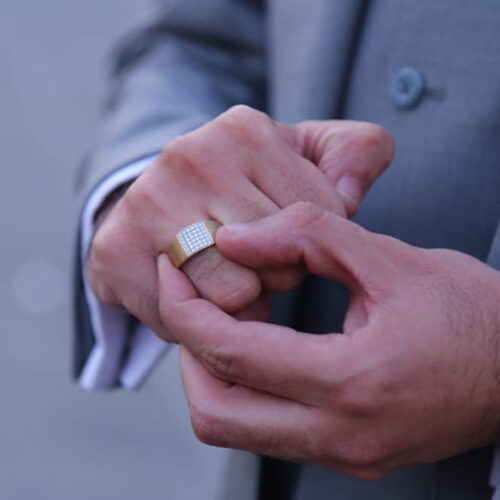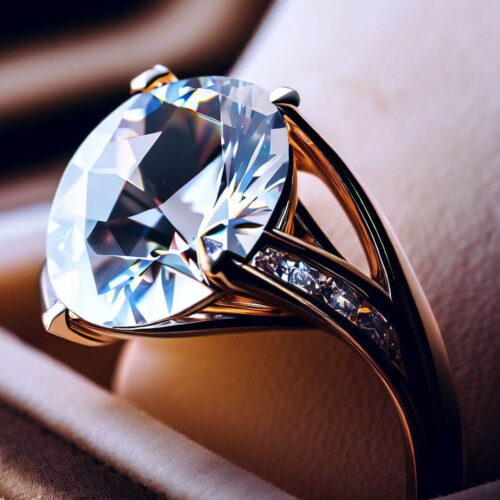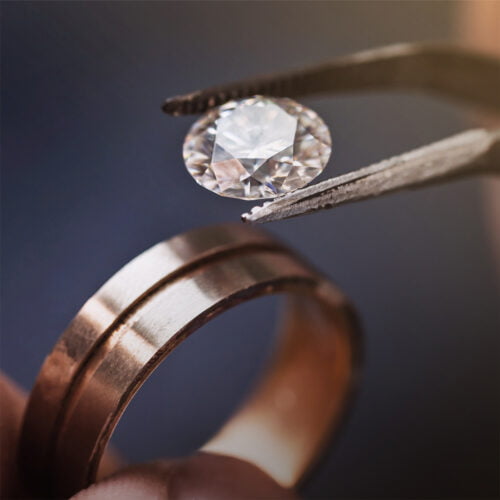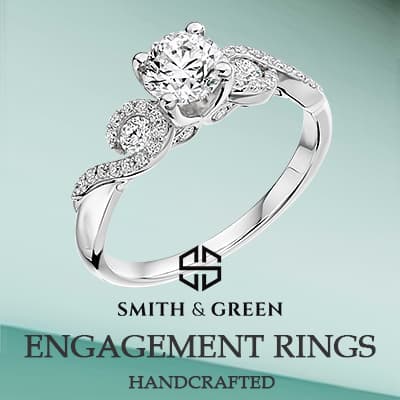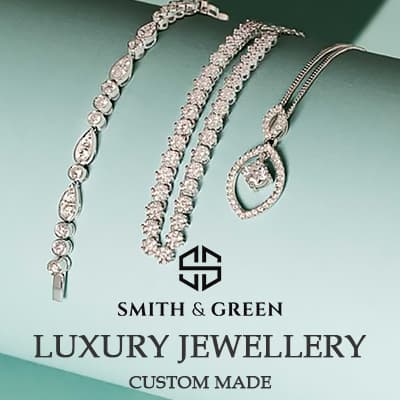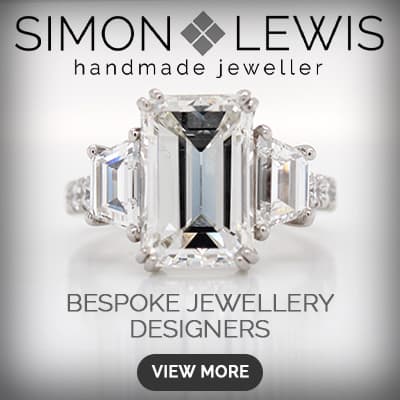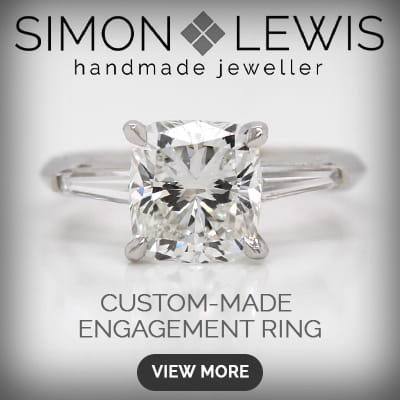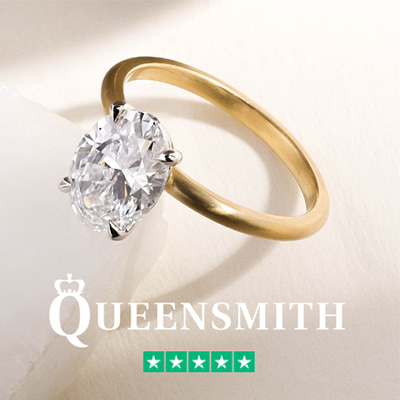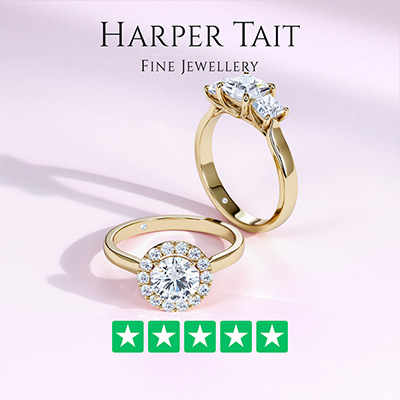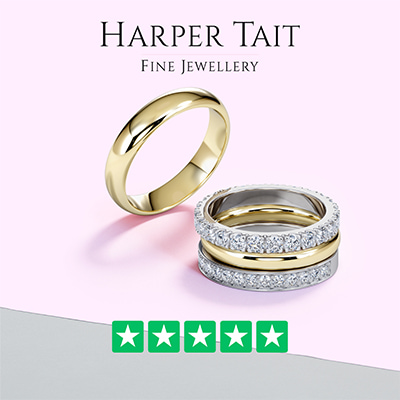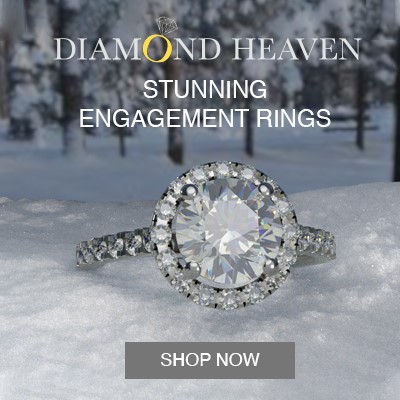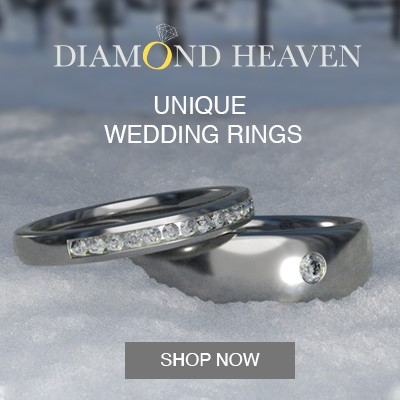To buy diamonds in Hatton Garden jewellery shops is important to know a few things. With this guide, you will learn about relevant parts.
The importance of the 4C in Diamonds
The meaning of the “4 C’s” of diamonds are Carat, Color, Clarity and Cut. The sum of the 4 C’s will ultimately determine the “5th C” …Cost. We will give you a brief overview to help you better choose a diamond that is right for you. But remember, we highly recommend you speak with one of our diamond experts to help you pick the best diamond for you and your price range.
Do not let someone convince you that you need a particular quality. Everybody has different needs and, most importantly, different budgets that will determine the diamond you can afford.
So, it is best to speak with an expert holding the diamond, see it, and describe it while speaking with you. You are not buying a certificate; you are buying a diamond!
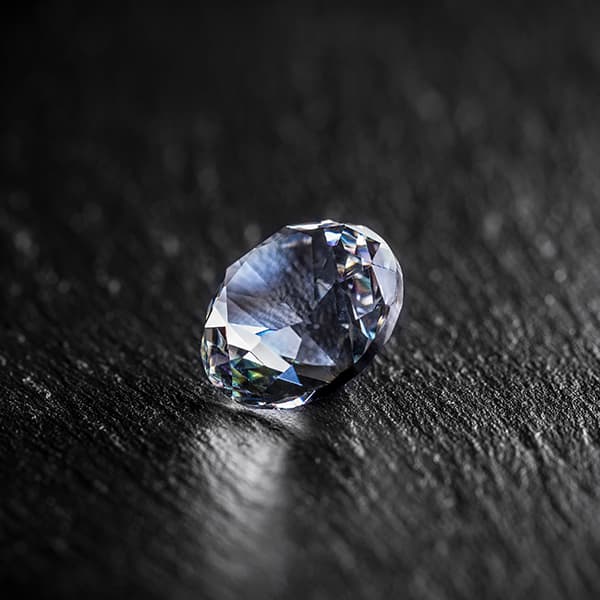
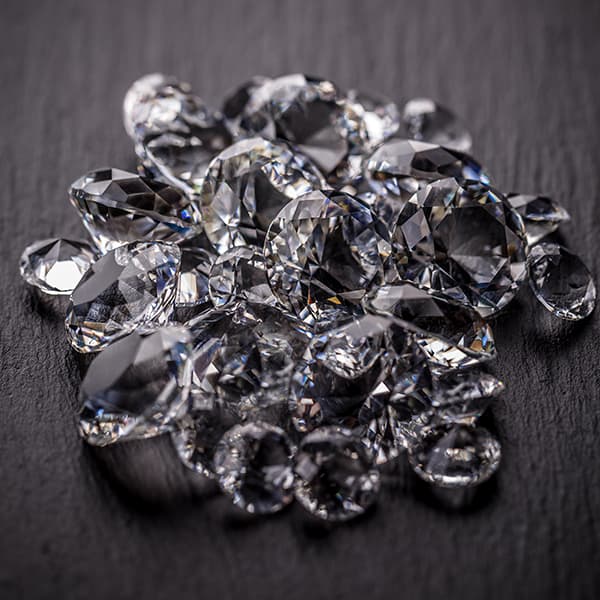
Carat
The Carat of a Diamond refers to the weight of the diamond measured in carats. One carat is 0.2 grams. It takes almost 142 carats to equal 1 ounce. One carat has what we refer to as 100 “points.” Therefore, a quarter-carat would weigh 25 “points.” A half carat 50 “points.” And a three-quarter carat 75 “points” and so on.
Colour
The Colour of a Diamond is as Simple as the actual visible “tint” of the diamond, the highest colour and most rare is colourless. Most diamonds sold in retail stores are near colourless to faint or light brown or yellow. There are even what is referred to as “fancy” coloured diamonds, such as blue, pink and red. Except for the rare fancy colours, colourless diamonds command the highest prices. The worldwide colour scale, derived by GIA (The Gemological Institute of America), starts at D and goes through Z and beyond to the fancy and vivid colours.
Clarity
The Clarity of a Diamond It is the degree to which a diamond is free of blemishes and “inclusions.” Inclusions are internal “imperfections” in the diamond. Some inclusions are caused by conditions present when the diamond is formed and sometimes during the cutting process. Since nature makes nothing absolutely pure or perfect, those diamonds with few inclusions are rare and command a higher value or price. The industry-wide scale ranges from the low end of “gem quality” diamonds I3 to the best flawless.
Most diamonds have eye-visible inclusions. These range from easily visible, clarity grades I2-I3, to barely eye-visible I1. One must also keep in mind the size of the diamond also greatly influences this generalization. The industry uses 10x magnification in grading clarity in diamonds.
I1-I3 (imperfect), this is the broadest of all categories. Most gem-quality diamonds fall into this range. This quality basically means you can visibly see imperfections without magnification. How easy depends on the stone. However, the lower qualities I2-I3 have so many inclusions they will generally not be shiny. So an I1 stone may not be bad quality. In fact, this is mostly what you find at retail jewellery stores. The diamond may still have good to great colour, lots of shine and sparkle, but if you look very closely, you may see a tiny inclusion.
SI (Slightly Included), refers to stones that under 10x magnification have noticeable or fairly noticeable inclusions but are generally “eye clean.” Eye clean means holding a diamond and looking at it without magnification; you will NOT see visible inclusions. Most of the diamonds sold in Hatton Garden Diamond traders are SI or better. The only difference is under magnification.
VS (Very Slightly included), and inclusions are noticeable, by an expert, under 10x magnification but are minor and small in appearance. Unless you use a microscope and the inclusions are pointed out, the average buyer will probably not see inclusions even under a 10X loupe. This is very high quality.
The highest grade next to flawless is VVS (Very Very Slightly included). Diamonds graded VVS contain extremely small inclusion difficult for even skilled graders to see under 10x magnification. You will undoubtedly not see ANY inclusions under a 10x loupe and may not even see any under a microscope. This is EXTREMELY high quality!. Only a fraction of 1% of all diamonds achieves this grade.
The most rare clarity is IF (Internally Flawless). These are classified as being free of any internal imperfection under 10x magnification. This is extremely rare and very expensive. We do not suggest an IF stone because even normal wear can cause this type of diamond to lower clarity by chipping or scuffing.
Cut
The Cut of the Diamond Refers not to the shape of the diamond but to the proportions to which the stone was polished. This is a touchy subject because it is difficult to measure “brilliance” in a diamond. However, there are several theories behind cutting the “ideal” diamond, such as Tolkowski. The AGS (American Gem Society), has come up with a “cut grade” for all their diamond reports. Based on this theory and others, we can conclude that the best-cut diamonds fall into a range. AGS grades their perfectly cut diamonds 0 on a scale of 0 – 10. AGS ideal 0 cuts are extremely rare and consequently will cost much more. Very fine-cut diamonds, AGS 1 and 2 grades, are rare but exhibit extreme brilliance and provide great value.
| ROUND DIAMOND | AGS IDEAL “0” | AGS VERY FINE “2” |
| Depth % | 59% – 62.5% | 57% – 63% |
| Table % | 52.4% – 57.5% | 51.4% – 63% |
| Girdle Thickness | Thin to Medium | Very Thin – Thick |
| Culet Size | None – Medium | None – Medium |
| None – Medium | Excellent | Excellent – Good |
| Symmetry | Symmetry | Excellent – Good |
| Fluorescence | None – Faint | None – Medium |
Cut in fancy shapes
Since fancy shapes are not symmetrical like the round diamond no information has been published as to the “ideal cut” fancy shape diamond. However, the fine jewellery industry, as well as experts, have combined information to determine a range of well-cut fancy shapes. This is based on analysing several thousand stones over years of experience. A well cut fancy-shaped diamond will produce outstanding brilliance.
| FANCY CUTS | EMERALD | PRINCESS | MARQUIS | PEAR |
| Depth % | 65% – 75% | 65% – 80% | 59% – 70% | 60% – 70% |
| Table % | 50% – 75% | 65% – 80% | 52% – 60% | 55% – 65% |
| Girdle Thickness | Very thin-Thick | Very thin-Thick | Very thin-Thick | Thin-Thick |
| Culet Size | None-Medium | None-Medium | None-Medium | None-Medium |
| Polish | Excellent-Good | Excellent-Good | Excellent-Good | Excellent-Good |
| Symmetry | Excellent-Good | Excellent-Good | Excellent-Good | Excellent-Good |
| Florescence | None-Medium | None-Medium | None-Medium | None-Medium |
| Length/Width Ratio | 1.3-1.65 to 1 | 1-1.3 to 1 | 1.7-2.2 to 1 | 1.4-1.8 to 1 |
What is Florescence?
Fluorescence is the impact of ultraviolet light on the diamond. For example, 1/2 of all diamonds have some sort of florescence, from very faint to very strong. This means that under ultraviolet light, the diamond will glow blue.
Does this have an impact on value? Some times. It depends on its noticeability. For example, diamonds of high colour sometimes appear milky or cloudy when they have strong fluorescence. But not all the time. The other circumstance when it is noticeable is under direct sunlight, which has ultraviolet light in it. So those diamonds which appear blue under sunlight would be lower in value.
On the other hand, fluorescence may add value to a diamond of lower colour, giving it a whiter, brighter appearance. Diamonds with as high as H colour and lower sometimes appear whiter with some degree of fluorescence.
Here is a chart as to how the industry discounts fluorescence. As you can see, those diamonds with higher quality and strong fluorescence have the most significant discounts.
Remember, discounts apply to how noticeable the effect is. Two diamonds of the same quality, both with strong fluorescence, may not have the same discount in price.
In all cases, faint fluorescence has no impact on value because it is only noticeable in a laboratory setting and has no effect on brilliance.
What does Certified mean?
A certified diamond is a stone that has been submitted to either EGL or GIA for quality analysis. The lab grades the colour and clarity and takes detailed measurements of the diamond.
The importance of a certified diamond is to the consumer. You can compare two diamonds that are both “certified” without even seeing them. For example, if you have two diamonds, both EGL-certified G colour and VS2 clarity, you can be confident that they are comparable.
EGL and GIA are the benchmark in the industry for certification. The entire industry uses these labs. How can you compare an appraisal from an independent appraiser with a certificate? The bottom line is you cannot.
If you are getting a good quality diamond, it is better to have it certified. This way, you can be confident that your diamond’s grade will be comparable to any other diamond of the same grade, anywhere. You can shop for GCS or GIA-certified diamonds all around Hatton Garden.
What Next?
Your next step is to visit a diamond specialist in the Hatton Garden, the best jewellery district in London. Counting with a professional diamond specialist can save you time and money.


